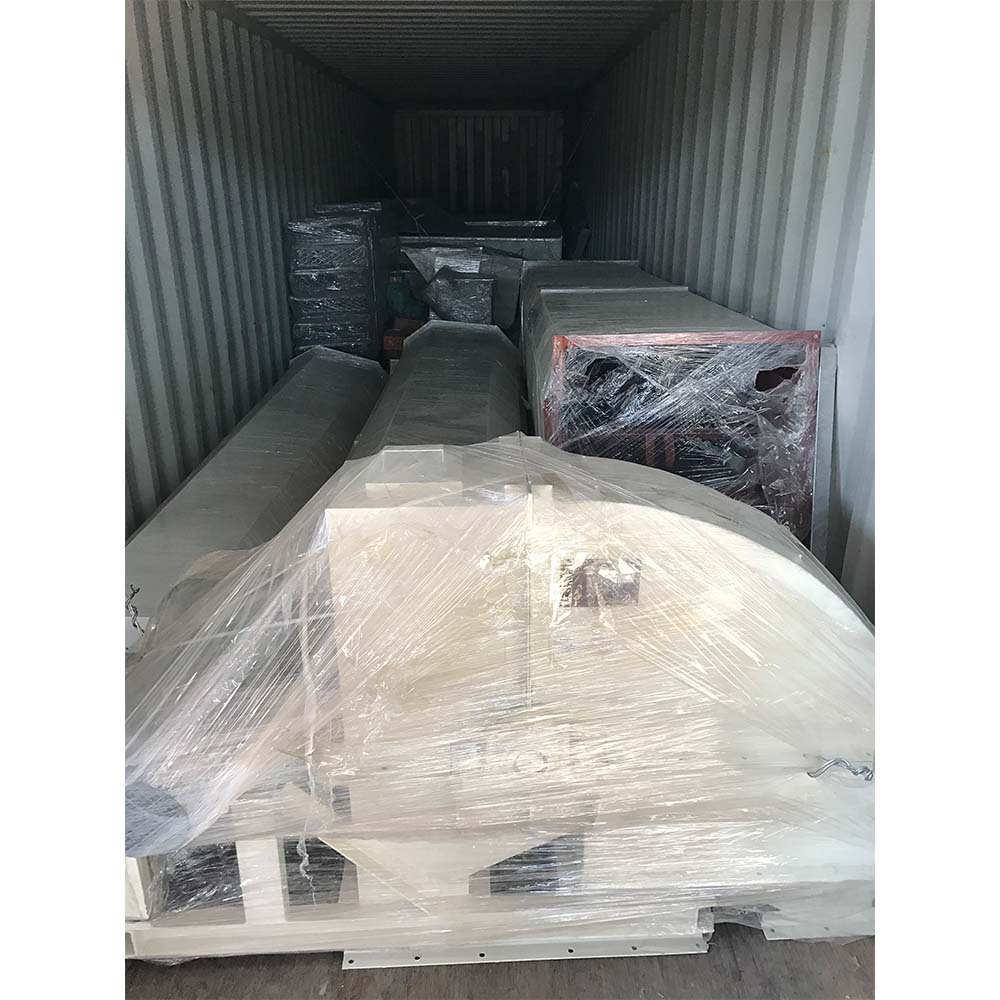hammer mill for cattle feed
Oct . 07, 2024 15:28 Back to list
hammer mill for cattle feed
The Importance of Hammer Mills in Cattle Feed Production
When it comes to livestock farming, particularly cattle farming, the quality and composition of feed are of paramount importance. One of the key tools in the production of high-quality cattle feed is the hammer mill. This versatile machine plays a crucial role in the processing of feed ingredients, ensuring that cattle receive the nutrients they need for optimal growth and health.
What is a Hammer Mill?
A hammer mill is a type of grinder that breaks solid materials into smaller pieces by means of grinding, crushing, or cutting. It consists of rotating hammers mounted on a central shaft that are driven by an electric motor or a diesel engine. As the material enters the mill, it is pulverized by the hammers and then expelled through a screen that determines the final particle size. This makes hammer mills particularly effective for processing grains, grains with husks, and other feed ingredients into a uniform texture suitable for cattle.
Efficiency and Versatility
One of the biggest advantages of using a hammer mill in cattle feed production is its efficiency. The machine can handle various types of feed ingredients, including corn, soybeans, barley, and forage materials, facilitating the production of a wide variety of feed formulations. By adjusting the screen size, operators can control the particle size of the finished feed, which is essential for meeting the dietary requirements of different cattle breeds and ages. For instance, calves may require finer feed, while mature cattle can thrive on coarser mixtures.
hammer mill for cattle feed

Nutritional Benefits
The grinding process that occurs within a hammer mill also has significant nutritional benefits for cattle. Reducing the particle size of feed ingredients increases the surface area, making nutrients more accessible for digestion. This can lead to improved feed conversion rates, meaning cattle can derive more energy and nutrients from the same amount of feed. Additionally, properly processed feed minimizes the risk of digestive issues, which is a common concern in cattle management.
Enhancing Feed Uniformity and Palatability
Another critical aspect of hammer mills is their ability to produce uniform feed mixtures. Consistency in feed particle size is essential for ensuring that all cattle receive an equal distribution of nutrients, which can enhance overall herd health. Furthermore, a well-processed feed is more palatable, encouraging better intake among cattle. This is particularly important during periods of stress or heat when cattle may be less inclined to eat.
Conclusion
In summary, the hammer mill is an indispensable tool in cattle feed production. Its efficiency, versatility, and ability to enhance the nutritional quality of feed make it a valuable asset for cattle farmers aiming to improve herd performance. By investing in a high-quality hammer mill, farmers can ensure that their cattle receive the best possible care, ultimately leading to healthier livestock and increased productivity. As the demand for high-quality beef and dairy products continues to grow, hammer mills will play an essential role in meeting these needs while supporting sustainable and efficient farming practices.
-
Hot Sale 24 & 18 Door Rabbit Cages - Premium Breeding Solutions
NewsJul.25,2025
-
Automatic Feeding Line System Pan Feeder Nipple Drinker - Anping County Yize Metal Products Co., Ltd.
NewsJul.21,2025
-
Automatic Feeding Line System Pan Feeder Nipple Drinker - Anping County Yize Metal Products Co., Ltd.
NewsJul.21,2025
-
Automatic Feeding Line System - Anping Yize | Precision & Nipple
NewsJul.21,2025
-
Automatic Feeding Line System - Anping Yize | Precision & Nipple
NewsJul.21,2025
-
Automatic Feeding Line System-Anping County Yize Metal Products Co., Ltd.|Efficient Feed Distribution&Customized Animal Farming Solutions
NewsJul.21,2025






